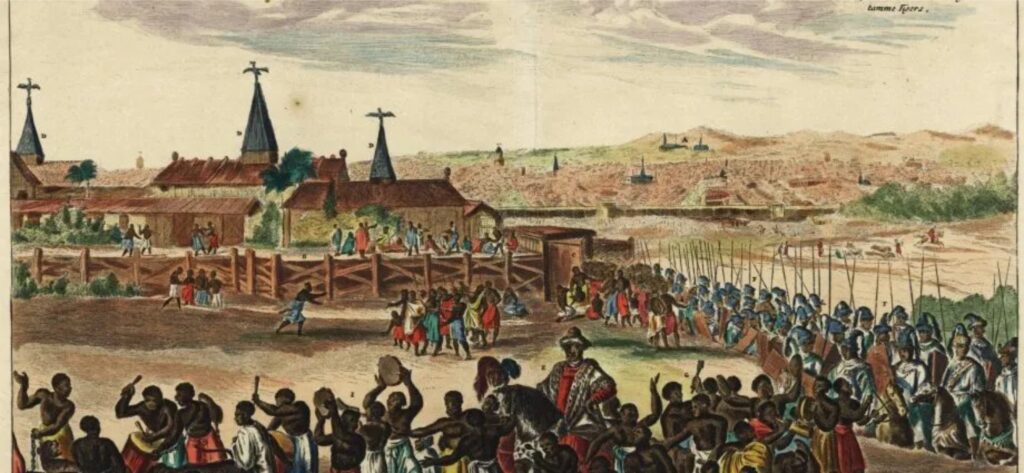In the heart of Onitsha stands the Obi’s Palace, more than a symbol of power. It serves as a living archive of tradition and memory. Every wall and corridor carries echoes of the past. Visitors who step into the palace often feel they are crossing into a different realm where time bends and history speaks.
Carvings on doors and patterns in stone tell stories that words alone cannot. The staff of office, the regalia, and the layout of the palace are all rooted in ancestral wisdom. Everything inside is designed to reflect Igbo values of order, legacy, and spiritual grounding. Each visit offers not just a view of royalty but a deep lesson in identity.
Sculpture, Symbolism, and Storytelling
Within the palace, traditional artwork holds an important role. Wooden statues, bronze reliefs, and ivory pieces do not simply sit on display. They participate in the life of the palace. They are touched during rites, honored in ceremonies, and viewed with reverence.
Sculpture has long been a language in Igbo culture. In the palace, this language continues to speak. Artworks are not distant or separated from daily life. They are part of it. New commissions follow the same path, blending current leadership with deep ancestral memory. These sculptures keep the stories alive in physical form.
Memory as Resistance and Continuity
The Obi’s Palace is more than an architectural marvel. It is a cultural stronghold. In a fast-changing world where heritage can easily fade, the palace acts as a guardian. It holds onto traditions that define the people of Onitsha and passes them forward.
Young people who visit during festivals or family events come away with more than entertainment. They gain a connection. The palace teaches that culture is not only inherited but earned through involvement. It shows that remembering who you are is a form of power.
References
- Onitsha: The Cultural Seat of Eastern Royalty – Nigerian Tribune (https://tribuneonlineng.com/onitsha-cultural-obi-palack)
- Obi of Onitsha and the Living Symbols of Heritage – The Guardian Nigeria (https://guardian.ng/saturday-magazine/obi-onitsha-heritage)
- Igbo Palaces as Centers of Memory and Power – Journal of African Architecture (https://jaarch.org/articles/igbo-palaces-memory)


